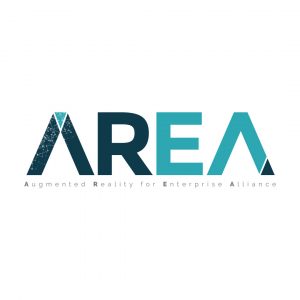Augmented Reality for Enterprise Alliance Announces the AR Security Maturity Self-Assessment Tools

“In today’s constantly evolving security landscape, many enterprises struggle to determine how best to allocate their limited security resources,” said Mark Sage, Executive Director of AREA. “A Security Maturity Model supports enterprises planning to deploy AR solutions. Guidance from AR providers helps them understand where they need to be and how to invest in the right level of security—meeting their specific needs without overspending on unnecessary measures.”
The AREA provides two tools for AR Security Maturity Self-Assessment:
- The AR Security Maturity Self-Assessment – The AR Maturity Self-Assessment is a questionnaire that aims to help you understand the current state of AR security within your organization, identify challenges, and gather insights into best practices. Based on your responses, we will provide recommendations to help your organization enhance its AR security maturity. All responses are confidential and used solely for recommendation purposes.
- The IoT Security Maturity Model: AR Profile. he AR Profile white paper defines and accounts for different levels of comprehensiveness and alignment with industry sectors and systems, including non-industrial systems. This document’s audience includes stakeholders concerned about the proper strategy for implementing mature security practices tailored to the needs and constraints of the specific IoT system.
The AR Security Maturity Self-Assessment survey and the IoT Security Maturity Model: AR Profile white paper are free to download. The AREA Security Committee authored this white paper. Become an AREA member.
About the AR for Enterprise Alliance (AREA)
The AR for Enterprise Alliance (AREA) is the only global membership-funded alliance helping to accelerate the adoption of enterprise AR by supporting the growth of a comprehensive ecosystem. The AREA accelerates AR adoption by creating a comprehensive ecosystem for enterprises, providers, and research institutions. AREA is a program of Object Management Group® (OMG®). For more information, visit the AREA website.
Object Management Group and OMG are registered trademarks of the Object Management Group. For a listing of all OMG trademarks, visit https://www.omg.org/legal/tm_list.htm. All other trademarks are the property of their respective owners.
